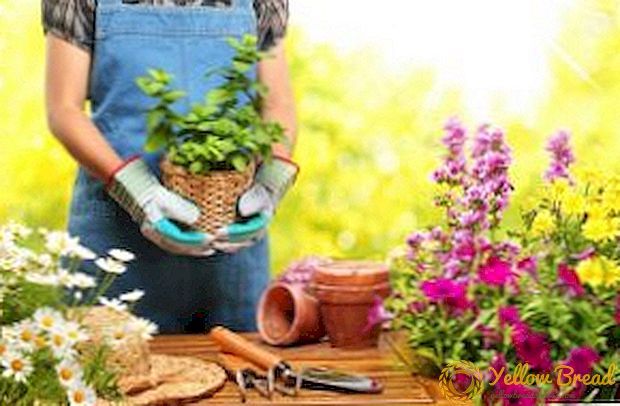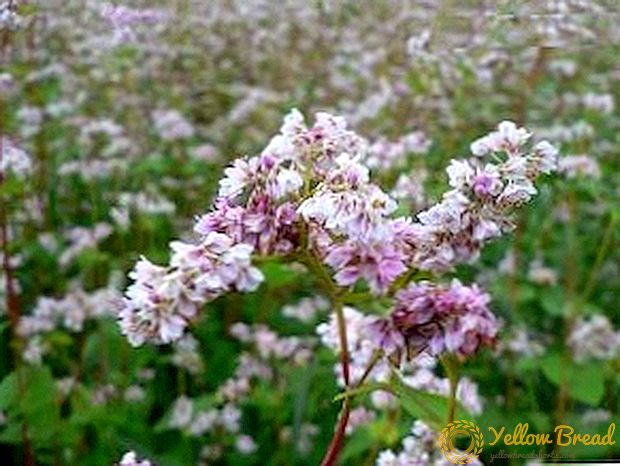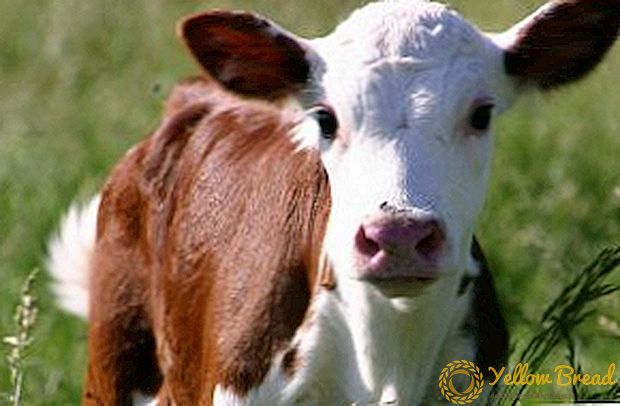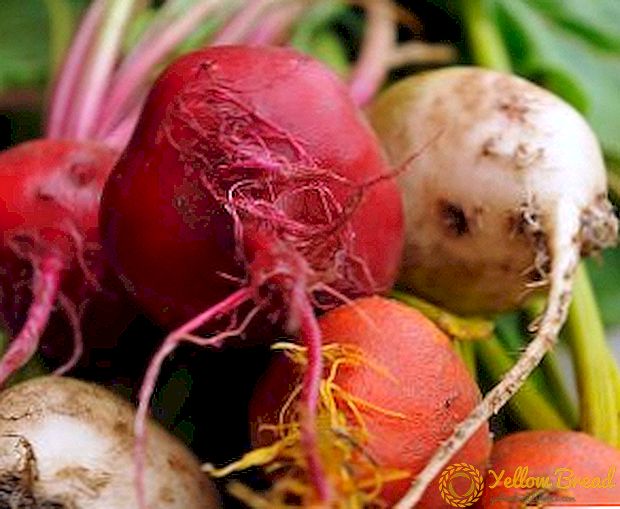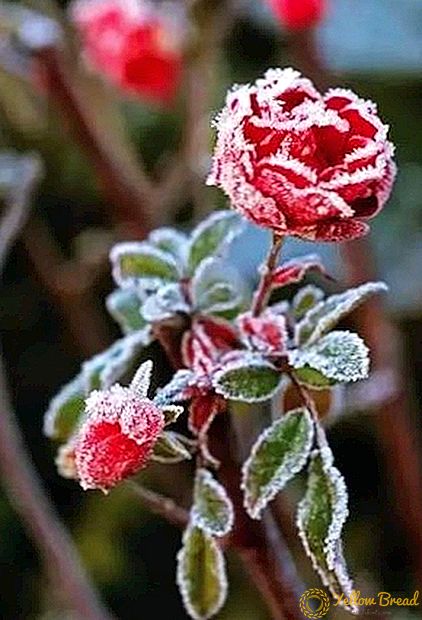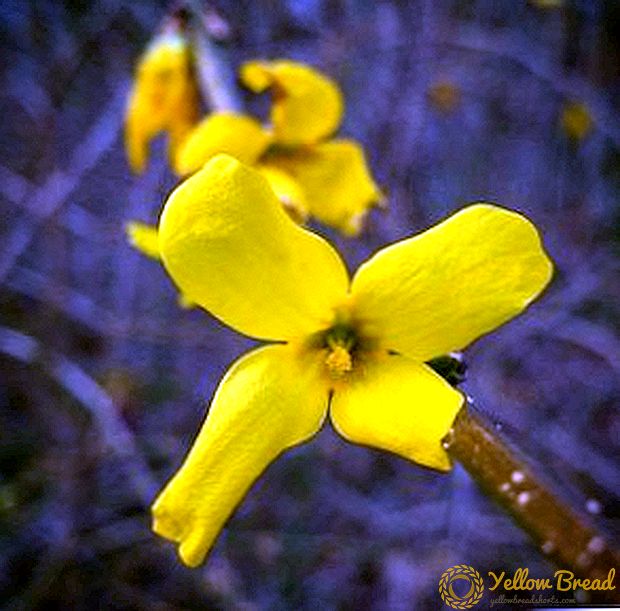 Carnation is a genus of perennial plants belonging to the family of carnations.
Carnation is a genus of perennial plants belonging to the family of carnations.
It has more than 300 species. which grow in Africa, Europe, North America.
- Carnation travyanka - short description
- Growing grass for carnation through seedlings
- The optimal time for sowing seedlings
- Soil mixture for seedlings
- Planting seedlings
- Seed germination conditions
- Seedling care
- Planting carnation seedlings travyanki in open ground
- The optimal timing of planting seedlings
- Selection and preparation of places for growing
- Planting plantation seedlings
- The combination of carnation travyanka with other plants
- Carnation care
- How to conduct watering
- Fertilization
- Pest and disease control
- Carnation travyanka winter
- The division of the bushes and cuttings cloves grass
Carnation travyanka - short description
The description of a carnation travyanka is as follows: in height the plant reaches 20-40 cm and has a short branched rhizome; leafless stalks are leafy, shorter in length than the branched flowering stalks at the top.Leaves located at the basal rosette, linearly elongated shape. Stem leaves do not grow together at the base, they are 3 mm wide, with small-grained margins. The flowers are grouped into oblong inflorescences, and the individual grow on long stalks. Flowering lasts from June to October. The fruit is a box with a central seedling.
Growing grass for carnation through seedlings
 Considering the options for planting carnations, gardeners rarely prefer growing from seeds directly in the open field, but there is another method to get flowers at your summer cottage - to grow them through seedlings.
Considering the options for planting carnations, gardeners rarely prefer growing from seeds directly in the open field, but there is another method to get flowers at your summer cottage - to grow them through seedlings.
The optimal time for sowing seedlings
As is the case with many other plants, carnation is mainly planted in spring: from late January to mid-February.
Soil mixture for seedlings
Carnation travyanka prefers a light nutrient soil. The best soil mixture for seedlings is a mixture of sod land, sand and humus in a ratio of 1: 1: 3.
Planting seedlings
Pour light, nutritious soil into the seedling box and pour warm water over it. After that, lay the seeds in an even, uniform layer on the surface.Sprinkle with 7 mm of soil on top. In conclusion, cover the container with a film and hide in a warm place with a temperature not lower than 25 ° C.
Seed germination conditions
 The main conditions for the germination of seeds are regular watering, access of oxygen to the sperm and sufficient nutrition. It is necessary to provide a temperature not lower than 10 ° С, the light should be regular, but direct sunlight should be avoided. In addition, when planting seeds should be embedded in a depth of not less than 4-5 cm.
The main conditions for the germination of seeds are regular watering, access of oxygen to the sperm and sufficient nutrition. It is necessary to provide a temperature not lower than 10 ° С, the light should be regular, but direct sunlight should be avoided. In addition, when planting seeds should be embedded in a depth of not less than 4-5 cm.
Seedling care
When growing seedlings of carnations, it is necessary to provide seedlings with protection against overheating, the correct location (do not place them too close), regular feeding in order to avoid sprouting. You can simply pour the substrate, and for later seedlings use the "washing" method of feeding with irrigation.
Planting carnation seedlings travyanki in open ground
Having dealt with the fact that the carnation is a grass, and when it is planted on seedlings, you can proceed to the question of how to carry out cultivation in open ground.
The optimal timing of planting seedlings
It is better to plant seedlings in open ground in March, when the air temperature rises to 15 ° C.
Selection and preparation of places for growing
 Suitable for planting a place protected from shrill winds and bright, but without direct sunlight.
Suitable for planting a place protected from shrill winds and bright, but without direct sunlight.
The soil before planting should be burst and plow.
Planting plantation seedlings
Planted seedlings in open ground at a distance of at least 30 cm. Seedlings are planted in pits, recessed 10-15 cm, sprinkled with soil on top, watered. To get rid of weeds should be carefully, so as not to hurt and not deepen the root neck.
The combination of carnation travyanka with other plants
The best neighbors for grassy carnations will be ornamental grasses and edelweiss, other ground cover plants. Combination with delphinium, poppy and other perennials is impossible. In addition, you can plant asters, chrysanthemums, anemones, crocuses, immortelles, dahlias, bergrass, ruscus, rudbeckia, Carpathian bells next to the carnation.
Carnation care
How to conduct watering
Carnation travyanka need to be watered regularly, but make sure not to re-moisten the soil.
Fertilization
 Fertilizing cloves should be a complex, in the spring to make more nitrogen and phosphorus, in summer to increase the amount magnesium and calcium, and gland. The excess fertilizer can cause yellowing of the leaves, and the disadvantage is to weaken the roots, slow down the growth.
Fertilizing cloves should be a complex, in the spring to make more nitrogen and phosphorus, in summer to increase the amount magnesium and calcium, and gland. The excess fertilizer can cause yellowing of the leaves, and the disadvantage is to weaken the roots, slow down the growth.
Pest and disease control
It is possible to protect a carnation from rodents by laying out poisoned baits near it in the fall or by covering it with thorny branches. From Fusarium and Alternaria can help correct care: timely watering, soil mulching, fungicide treatment.
Carnation travyanka winter
Ground cover carnation has exceptional frost resistance: it withstands up to - 35 ° C and does not need additional warming.
The division of the bushes and cuttings cloves grass
The carnation travyanka can breed by division. Carnation separation is carried out in the spring. The plant is dug out and loosened by a picking stick, then cut into two pieces (each should have a well-developed leafy rosette), remove all peduncles, damaged leaves and roots. Both parts are planted in the soil and produce regular watering. Carnation travyanka forms sod shoots, which are easily rooted. 
Cuttings it is better to carry out in early June, when vegetative shoots are distinguishable from flower stalks, use sand or perlite for this. The length of vegetative shoots should be up to 10 cm, with at least 4 pairs of leaves. Under the knot make a cut, remove the leaves from the two lower nodes, along the length of the lower internode make longitudinal cuts to a third of the thickness of the stem. Notched cuttings should be placed in the substrate, ensuring the desired humidity of the air, close the film. Alternatively, use a fogging installation, but do not heat the ground. Root formation will occur a few weeks later.
Carnation travyanka - very easy to grow a plant, and planting and caring for them do not require special skills.

